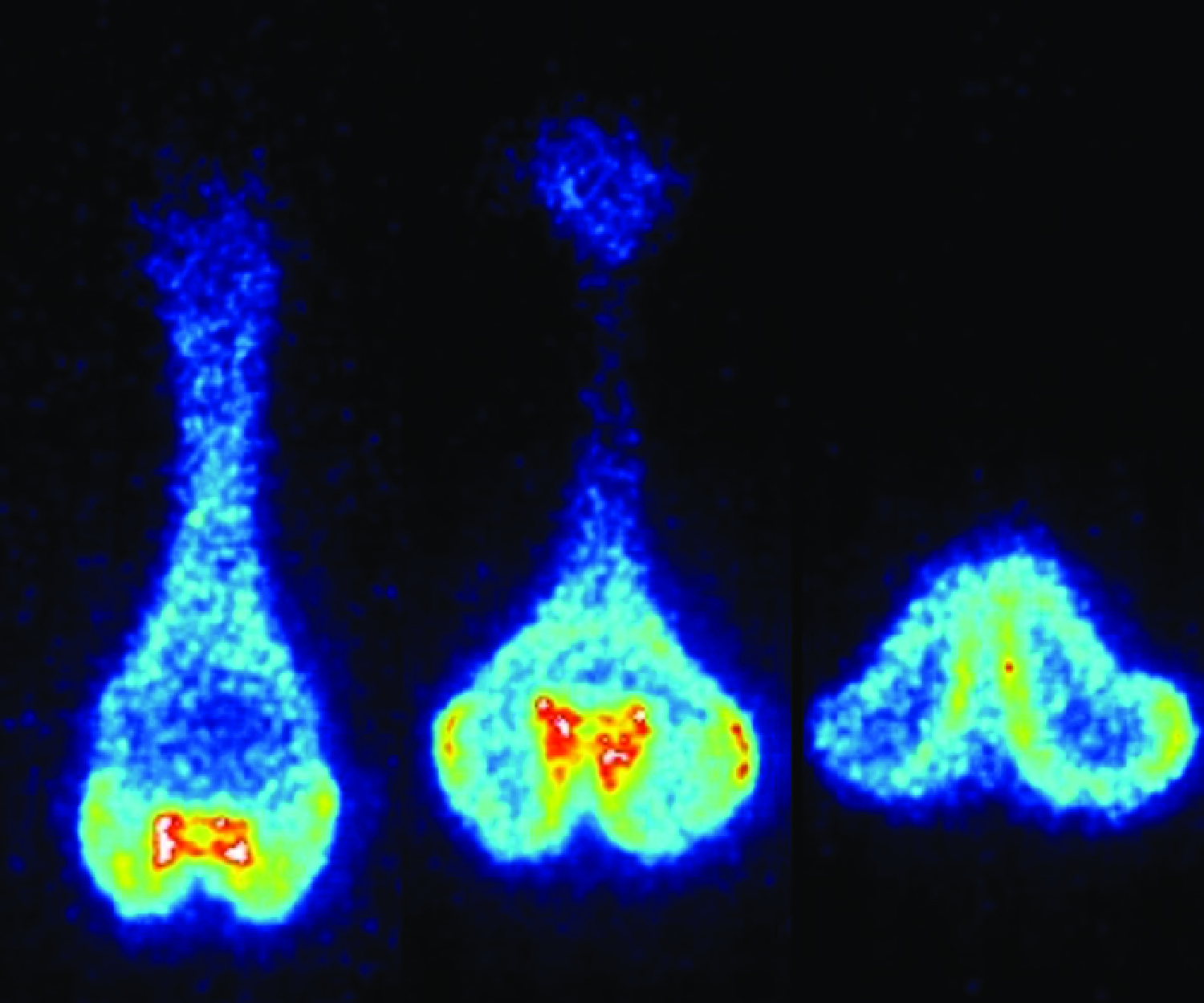No CrossRef data available.
Article contents
Response of non-premixed jet flames to blast waves
Published online by Cambridge University Press: 13 June 2025
Abstract

The work investigates the response dynamics of non-premixed jet flames to blast waves that are incident along the jet axis. In the present study, blast waves, generated using the wire-explosion technique, are forced to sweep across a non-premixed jet flame that is stabilised over a nozzle rim positioned at a distance of 264 mm from the source of the blast waves. The work spans a wide range of fuel-jet Reynolds numbers ( $Re$; ranging from 267 to 800) and incident blast-wave Mach numbers (
$Re$; ranging from 267 to 800) and incident blast-wave Mach numbers ( $M_{s,r}$; ranging from 1.025 to 1.075). The interaction imposes a characteristic flow field over the jet flame marked by a sharp discontinuity followed by a decaying profile and a delayed second spike. The second spike in the flow field profile corresponds to the induced flow that follows the blast front. While the response of the flame to the blast front was minimal, it was found to detach from the nozzle rim and lift off following the interaction with the induced flow. Subsequently, the lifted flame was found to reattach back at the nozzle or extinguish, contingent on the operating
$M_{s,r}$; ranging from 1.025 to 1.075). The interaction imposes a characteristic flow field over the jet flame marked by a sharp discontinuity followed by a decaying profile and a delayed second spike. The second spike in the flow field profile corresponds to the induced flow that follows the blast front. While the response of the flame to the blast front was minimal, it was found to detach from the nozzle rim and lift off following the interaction with the induced flow. Subsequently, the lifted flame was found to reattach back at the nozzle or extinguish, contingent on the operating  $Re$ and
$Re$ and  $M_{s,r}$. Alongside flame lift-off, flame-tip flickering was aggravated under the influence of the induced flow. A simplified theoretical model extending the vorticity transport equation was developed to estimate the change in flickering time scales and length scales owing to the interaction with the induced flow. The observed experimental trends were further compared against theoretical predictions from the model.
$M_{s,r}$. Alongside flame lift-off, flame-tip flickering was aggravated under the influence of the induced flow. A simplified theoretical model extending the vorticity transport equation was developed to estimate the change in flickering time scales and length scales owing to the interaction with the induced flow. The observed experimental trends were further compared against theoretical predictions from the model.
Information
- Type
- JFM Papers
- Information
- Copyright
- © The Author(s), 2025. Published by Cambridge University Press


